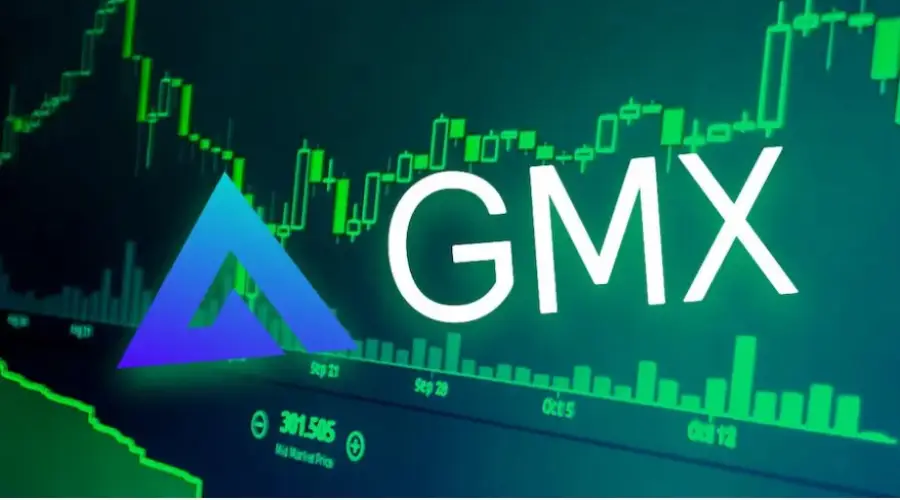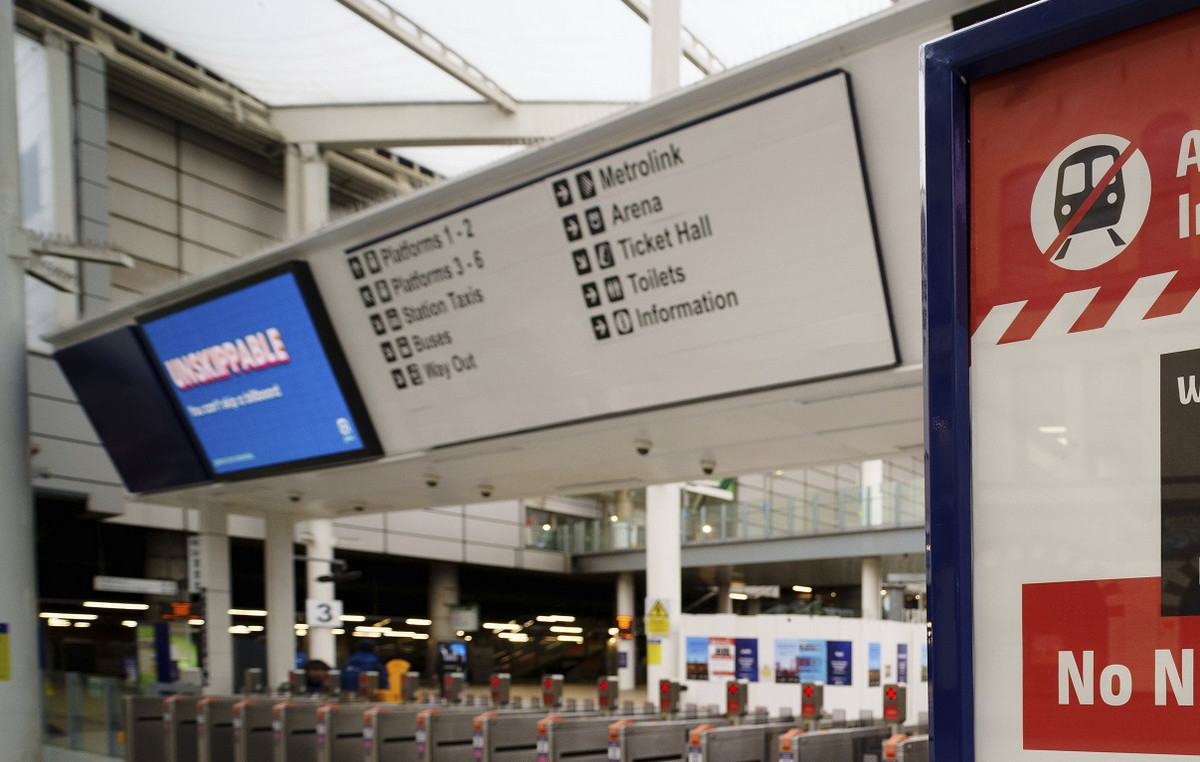A possible invasion of Ukraine by neighboring Russia would be felt in a variety of markets, from wheat and energy prices and government bonds to regional dollars to safe havens and stock exchanges, according to Reuters.
The following are five axes that show where a possible escalation of tensions in global markets could be felt:
1. Safe havens
A high-risk event usually leads investors to rush back on bonds, which are generally considered to be the safest assets. And this time something different may not happen, even if a Russian invasion of Ukraine threatens to further increase oil prices – and therefore inflation.
Decades-high inflation and impending interest rate hikes have led to a quiet start to the year for bond markets, with US 10-year interest rates still hovering close to the base 2% and German yields above 0% for for the first time since 2019.
But an open Russia-Ukraine conflict could change that.
In foreign exchange markets, the euro / Swiss franc exchange rate is considered to be the largest indicator of geopolitical risk in the euro area, as the Swiss currency is considered by investors as a safe haven. It reached its strongest levels since May 2015 at the end of January.
Gold, which is also considered a refuge in times of conflict or economic conflict, clings to 13-month highs.
2. Cereals
Any disruption to the flow of grain from the Black Sea region is likely to have a significant impact on prices and further fuel food inflation at a time when affordability is a major problem worldwide following the economic downturn caused by the pandemic. COVID-19.
Four major exporters – Ukraine, Russia, Kazakhstan and Romania – are transporting grain from Black Sea ports that could face interruptions from any military action or sanctions.
Ukraine is projected to be the third largest exporter of corn in the world in 2021-22 and the fourth largest exporter of wheat, according to data from the International Grains Council. Russia is the leading exporter of wheat in the world.
3. Natural gas and oil
Energy markets are likely to be hit if tensions turn into a conflict. Europe relies on Russia for about 35% of its natural gas, mainly through pipelines that cross Belarus and Poland to Germany, Nord Stream 1, which goes directly to Germany, and others via Ukraine.
In 2020, gas volumes from Russia to Europe decreased after the lockdowns and did not fully recover last year when consumption increased, contributing to the jump in prices to record highs.
As part of possible sanctions in the event of a Russian invasion of Ukraine, Germany has said it could cut off a new Nord Stream 2 gas pipeline from Russia. The pipeline is projected to increase gas imports to Europe, but also underscores its energy dependence on Moscow. Read the whole storyRead the whole story
Analysts expect gas exports from Russia to Western Europe to fall sharply through Ukraine and Belarus in the event of sanctions, saying gas prices could return to fourth-quarter levels.
Oil markets could also be affected by restrictions or disruptions. Ukraine transports Russian oil to Slovakia, Hungary and the Czech Republic. Transit of Russian crude from Ukraine for export to the block was 11.9 million metric tons in 2021, up from 12.3 million metric tons in 2020, S&P Global Platts said in a note.
JPMorgan said tensions were threatened by a “material spike” in oil prices, noting that a rise to $ 150 a barrel would reduce global GDP growth to just 0.9% year-on-year in the first half of the year. will multiply inflation to 7.2%.
4. Report of the companies
Listed Western companies could also feel the effects of a Russian invasion, although for energy companies any blow to revenue or profits could be offset somewhat by a possible rise in oil prices.
The British BP holds a 19.75% stake in Rosneft, which accounts for 1/3 of its production, and also has a number of joint ventures with Russia’s largest oil producer.
Shell has a 27.5% stake in Russia’s first LNG plant, Sakhalin 2, which accounts for 1/3 of the country’s total LNG exports, as well as a number of joint ventures with state-owned energy giant Gazprom.
US energy company Exxon operates through a subsidiary of the Sakhalin-1 oil and gas project, which also includes India’s state-owned oil and natural gas corp. Norway’s Equinor is also active in the country.
In the financial sector, the risk is concentrated in Europe.
Austrian Raiffeisen Bank International raised 39% of its estimated net profit last year from its Russian subsidiary, Hungarian OTP and UniCredit about 7% of theirs, while Societe Generale appeared to generate 6% of the group’s net profit. through Rosbank’s retail activities. The Dutch financial company ING also has a footprint in Russia, although this represents less than 1% of net profits, according to JPMorgan estimates.
Looking at the loan report in Russia, the French and Austrian banks have the largest among Western lenders with $ 24.2 billion and $ 17.2 billion, respectively. They are followed by US lenders with 16 billion, Japanese with 9.6 billion dollars and German banks with 8.8 billion dollars, according to data from the Bank for International Settlements (BIS).
Other sectors are also exposed: Renault produces 8% of its EBIT in Russia. Germany’s Metro AG’s Russian B4B stores generate just under 10% of its sales and 17% of its core profits, while the Danish brewery Carlsberg owns Baltika, Russia’s largest brewery with a market share of almost 40%.
5. Regional bonds and exchange rates
Russian and Ukrainian assets will be at the forefront of markets provoked by possible military action.
Both countries’ dollar-denominated bonds have been underperforming in recent months as investors narrowed their exposure amid escalating tensions between Washington and its allies and Moscow.
Ukraine’s fixed-income markets are primarily the responsibility of emerging market investors, and Russia’s overall position in the capital markets has shrunk in recent years amid sanctions and geopolitical tensions, somewhat mitigating any transmission threat through these channels.
However, the currencies of Ukraine and Russia have also suffered, with the hryvnia being the worst-performing emerging market currency of the year and the ruble in fifth place.
The Ukraine-Russia situation presents “substantial uncertainties” for the foreign exchange markets, said Chris Turner, head of ING global markets.
“The events of late 2014 remind us of the liquidity gaps and the accumulation of US dollars that led to a significant fall in the ruble at that time,” Turner said.
Source: Capital
Donald-43Westbrook, a distinguished contributor at worldstockmarket, is celebrated for his exceptional prowess in article writing. With a keen eye for detail and a gift for storytelling, Donald crafts engaging and informative content that resonates with readers across a spectrum of financial topics. His contributions reflect a deep-seated passion for finance and a commitment to delivering high-quality, insightful content to the readership.







